DOG TRAINING OFFERED IN-PERSON AND ONLINEOur dog training services are delivered in almost any format that meets your needs. We have GROUP CLASSES at our indoor and outdoor facilities on our farm, ONLINE LIVE STREAMING classes, and SELF-PACED VIDEO-BASED training through our Online Dog Training Course. Our PRIVATE TRAININGS can be done in-home, outside, in public dog-friendly locations, at our facility on our farm, online via phone or video conferencing and through email. |
We discussed how to get started working through a variety of distractions when training your dog. Be sure to refer to our article Dealing with Distractions in your Dog Training first before you read through Part 2.
Another factor to consider when dealing with distractions is what your dog wants in regard to this distraction. Does he want to check it out, play with it, chase it, eat it, pee on it, bite it, or make it go away?
While we think of distractions as the things our dogs like (other dogs, bunnies, squirrels, other people, things to smell, etc.) there are also some distractions that our dogs don’t want to go to but rather want to AVOID. If your dog is afraid of other dogs or men with beards, he might want to create distance rather than move closer. Remember that when rewarding your dog.
Are there times you can use the distraction itself as the reward? While offering treats works well some of the time, we don’t want to rely on treats as rewards all the time. That's especially true if your dog is not highly motived by food!
Remember that the more variety you can offer in your rewards, the more powerful you will be! And you will be all the more powerful if you can find ways to use the distractions themselves as your rewards whenever possible. What distractions can you think of that you could use to reward your dog once he does as you ask?
If your dog is distracted by people or other dogs because he wants to greet them, these are perfect examples of using the distraction as the reward. Your dog should not be allowed to greet if he drags you to them. But if he sits politely and checks in with you, he might be allowed to greet. He uses some self control and does what you want in order to gain access to whatever is distracting him.
If your dog pulls you to smell something or to pee on a tree, again, use this to your advantage. If he walks nicely with you to the object, you can give him permission to sniff or pee. If he pulls you there, he loses the opportunity.
Here are some additional things to consider as you continue helping your dog to become more reliable around more distractions.
Continue to work at your dog’s pace with all of the things you have been working on. Decide which are the most important to you and work most on those. However, add in other things now and then to keep your dog interested.
Continue to always reinforce the come or recall in some way. It might not be treats every time but should be something very rewarding to your dog: play, toys, petting, whatever works in that particular situation.
If your dog is not responding to you in certain situations, think about the reward you are offering. The key is for you to determine what is valuable to your dog. It doesn’t matter what YOU think is valuable – it matters what your dog sees as valuable in each situation.
Example: many people pat their dogs on the head when they come. If your dog ducks and backs away when you do this, he DOES NOT LIKE IT! In essence, you are punishing your dog for coming to you. Another example: your dog readily comes for petting at home but will not at the dog park. When he’s in play mode, he probably does NOT want to be petted, and it is not a reward at that time.
Once your dog understands your cues, start backing off on treat rewards. For example, if your dog will do a down at least 8 out of 10 times you ask, continue to reward but not always with treats and/or not every time. Gradually decrease the times you reward, but don’t cut back too fast or he might quit performing for you. Don't go from a treat every time to no more treats. Reward randomly.
Or try rewarding only the “best” responses. You decide what “best” means – the fastest, the straightest, whatever. Gradually raise your expectations.
Another way to reduce treat rewards is by requiring your dog to perform more than one cue for one reward. For example, you might require your dog to perform a sit, down, sit, and wait before receiving a reward instead of rewarding each step. As your dog progresses, they should be expected to work harder for items of value to them.
Our goal is to positively impact the lives of as many dogs and their families as we can, in part through our extensive library of video, infographics and text articles. |
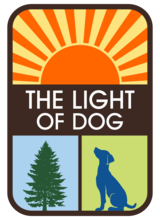
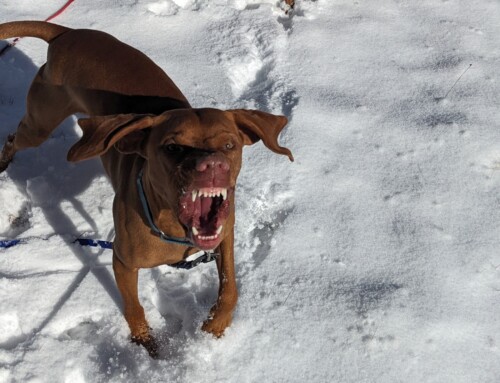
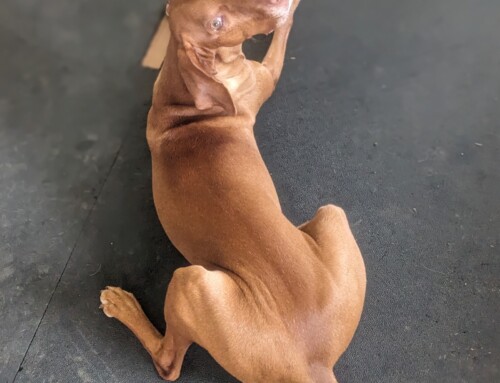
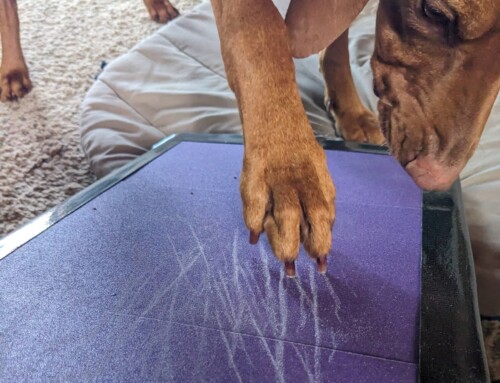
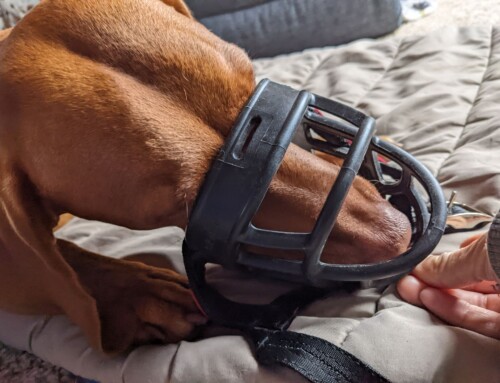
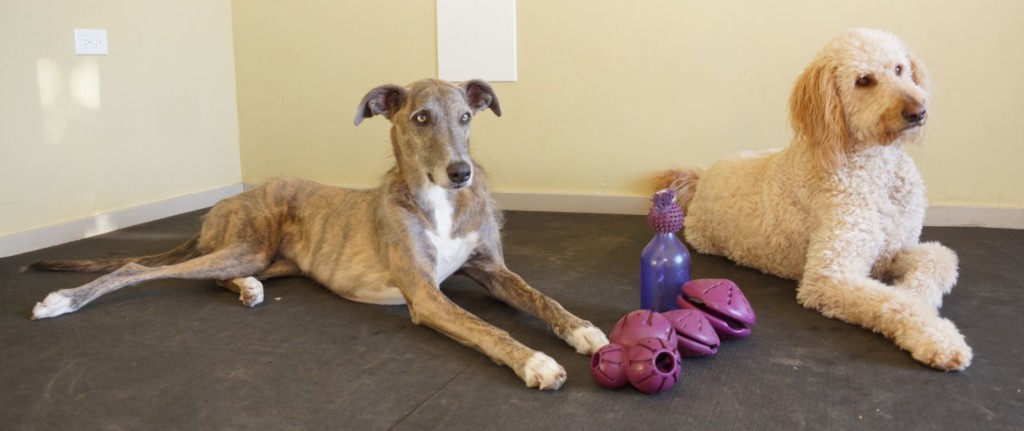
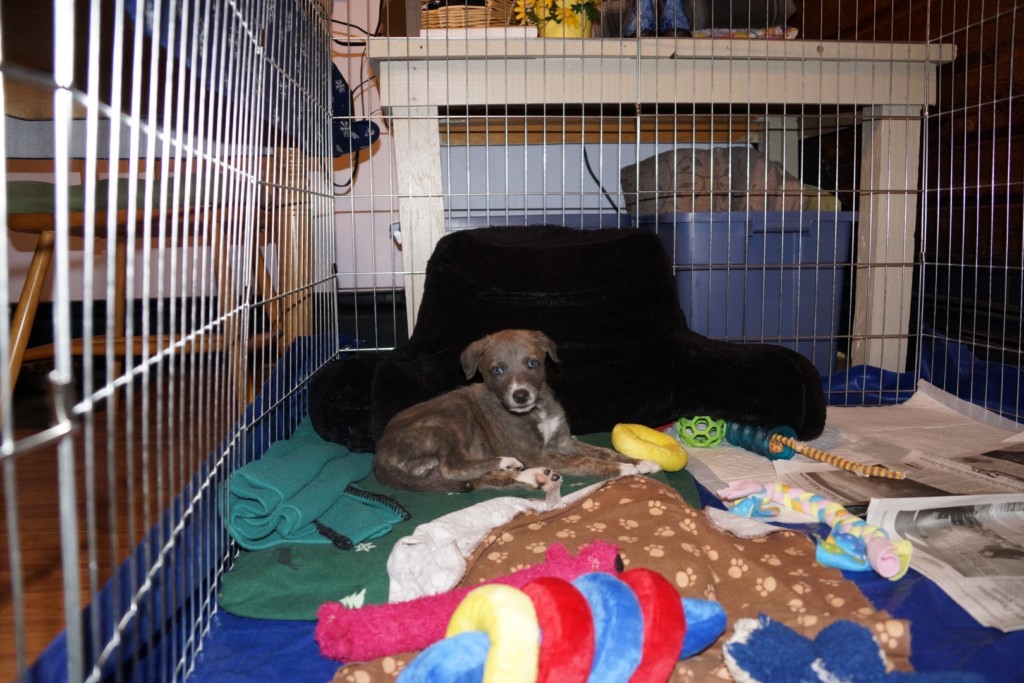
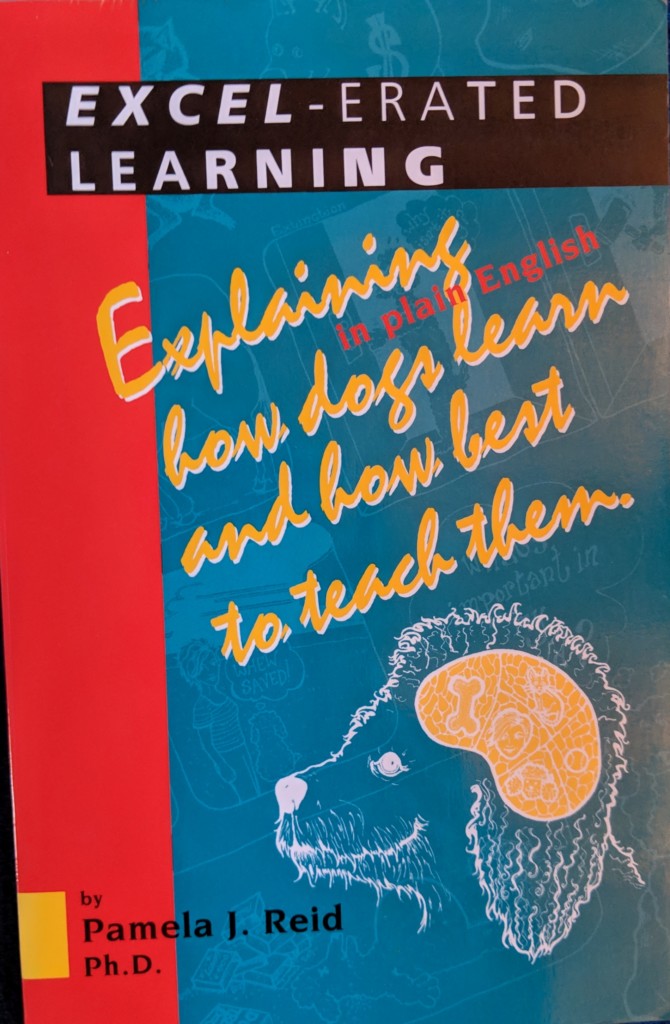
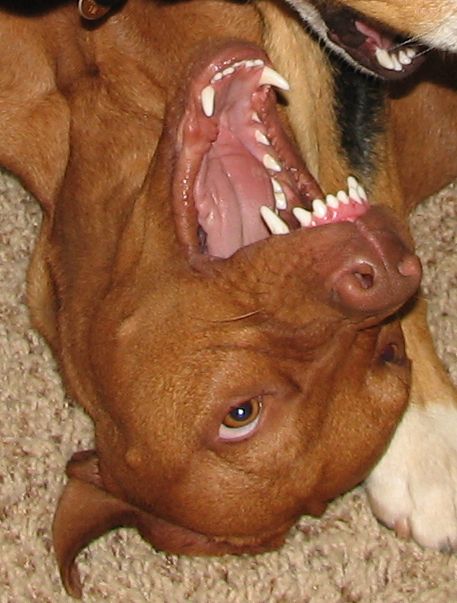
Leave A Comment